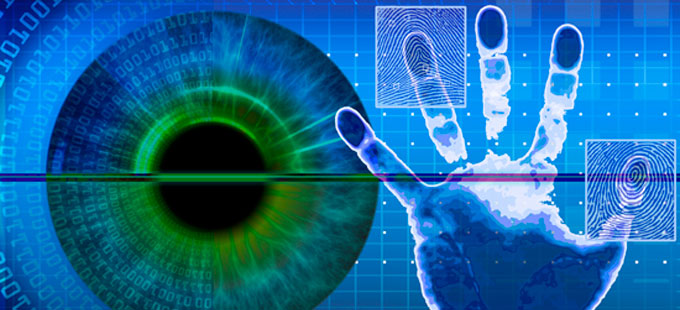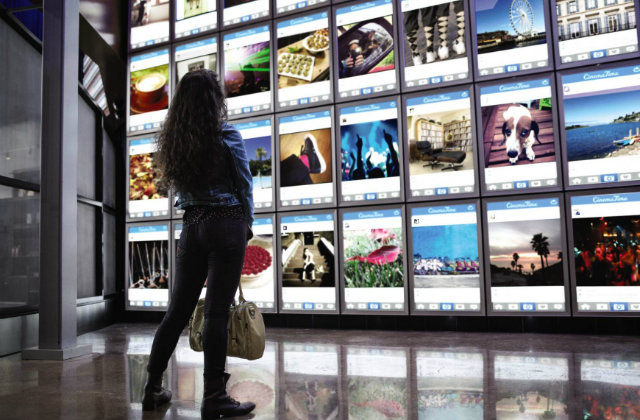Monday’s with Martens 1.29.18
Previously, we shared some of the big picture drivers for CRE in 2018. In this, and future articles, we’ll look at trends specifically related to the primary market sectors. This week we’ll look at retail and the shopping experience. It has undergone massive changes over the past two decades, especially as e-commerce has won over consumers and smartphones have become the must-have accessory. These days, retailers work around the clock to navigate a digital world that continues to evolve at a dizzying pace, while tech-savvy consumers have increased their demands for seamless experiences and personalized touches, wherever and however they shop.
What will the 2018 retail landscape look like? Here’s what you can expect.
Expect More Direct Targeted Outreach to Customers
The IoT and mobile technology will likely only get broader as we move through 2018. These technologies are going to make lead generation much easier for retailers; automating more big data analysis to improve warehousing and distribution channels, customer management and retention, and targeted ads, emails, and social media posts directly to mobile devices of CRE buyers, tenants, sellers, owners, developers, architects, etc.
Expect More Standard Adoption of Advanced Technology
Right now, retail has already begun moving away from point-of-sale terminals at their physical stores and adopting more advanced cashless payment options similar to what consumers are used to when shopping online. As retail giants continue to adopt these technologies, they will become standard. Things like:
Beacon Technology – The smaller and less obtrusive they get, the easier they become to use. Beacons employ Bluetooth low-energy (BLE) wireless technology to pinpoint the location of customers in stores and other places and to deliver messages to their mobile devices.
Computerized Shelf Labeling – Electronic shelf label (ESL) systems used by retailers for displaying product pricing on shelves. Typically, electronic display modules are attached to the front edge of retail shelving. These modules use electronic paper (E-paper) or liquid-crystal display (LCD) to show the current product price to the customer. A communication network allows the price display to be automatically updated whenever a product price is changed.

Interactive Shopping Carts – The smart shopping cart looks like a normal one except for an interactive screen and scanner mounted near the shopper. Once the shopper swipes his store card, his shopping history is available for all kinds of purposes, from presenting a suggested shopping list to alerting him to discounts or reminding him about perishables purchased a month ago. If the customer scans their purchases for self-checkout, the cart will know about the salmon just bought and can suggest a wine or a recipe. A shopping cart could eventually be outfitted to interact with the shelves so a shopper could see an ad or an offer about chicken noodle soup just as the customer heads into the soup section.
BOPIS Options – Buy online, pick up in-store (BOPIS) is a valuable omnichannel concept that benefits both retailers and shoppers. For retailers, BOPIS can lead to more in-store transactions. BOPIS does what many brick-and-mortar retailers are struggling to do organically – get shoppers into their stores. Once they’re in the store, consumers are likely to browse and make an impulse purchase.
Virtual Dressing Rooms – A virtual dressing room (also often referred to as virtual fitting room and virtual changing room) is the online equivalent of an in-store changing room. It enables shoppers to try on clothes to check one or more of size, fit or style, but virtually rather than physically. They are now available from an increasing variety of providers and are in use by a growing number of prominent retailers.
Biometrics – Technologies like fingerprint systems, facial recognition, iris scanning and voice identification, are a natural fit for retailers. During online shopping, data on shopping habits and demographics are automatically collected. When customers subsequently enter an actual shop, they are identified using facial recognition or a ping from their smartphone. Pertinent information about their history and preferences is immediately beamed to a sales associate’s tablet, which arms the associate to provide a personalized shopping experience. The more customers shop, the more developed their data profile becomes.

These and many other tools will rely on mobile technology to work which will affect the type of connectivity requirements that retailers will need going forward. Expect some or all of these new technologies to shape the retail landscape next year.
Expect More Brick-and-Mortar Experiential Shopping
Traditional retailers are working hard to breathe new life back into their diminishing physical assets by experimenting with new ways to bring foot traffic back to their stores. One of the biggest changes we can expect in retail over the next year is the move toward more experiential shopping.

Many of these changes are going to have a big effect on the retail landscape overall. Sales are expected to climb as long as macroeconomic factors hold. If that is so, smart retailers have a chance to seize on the opportunity to attract more traffic online and offline.
Instead of shuttering, some traditional retailers are looking to adopt a more comprehensive strategy to boost their online presences with updated on-demand services while also looking to restore their dominance in the physical realm. On the other side, online sales will continue to grow, helping retailers to multiply their revenue streams simultaneously.


